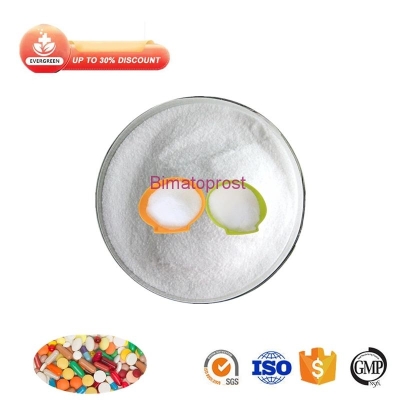-
Categories
-
Pharmaceutical Intermediates
-
Active Pharmaceutical Ingredients
-
Food Additives
- Industrial Coatings
- Agrochemicals
- Dyes and Pigments
- Surfactant
- Flavors and Fragrances
- Chemical Reagents
- Catalyst and Auxiliary
- Natural Products
- Inorganic Chemistry
-
Organic Chemistry
-
Biochemical Engineering
- Analytical Chemistry
- Cosmetic Ingredient
-
Pharmaceutical Intermediates
Promotion
ECHEMI Mall
Wholesale
Weekly Price
Exhibition
News
-
Trade Service
Background: Graves' disease (GD) is an autoimmune thyroid disease (ATID) that accounts for 95%
of causes of thyroid toxicity in children and adolescents.
Graves' disease is caused
by a combination of genetic, environmental, and immune factors.
The incidence of GD in children and adolescents is ~ 0.
02%.
Significantly more cases have been reported in females than in males, and most of these cases are adolescents
.
The incidence of GD in adolescents is increasing
year by year.
Features of GD include hypermetabolic syndrome, goiter, and proptosis
.
It also affects the growth and pubertal development
of children and adolescents.
Unlike GD in the adult population, goiter in children and adolescents is usually mild, and pretibial myxedema and hyperthyroid crisis are rarely reported
.
Of note, the clinical presentation is diverse, with some children and adolescents admitted to hospital with atypical symptoms such as vomiting, fainting, and headache
.
Mood changes and hypermetabolic characteristics are easily overlooked
.
And it can take years from onset to final diagnosis
.
The cause is unknown
in a minority of children and adolescents.
GD affects multiple organ systems, including the cardiovascular, gastrointestinal, and hepatic systems
.
Liver dysfunction is common
in adults with GD.
Most patients only have abnormal liver function indicators and no obvious symptoms
.
However, a small number of patients develop severe liver damage or liver failure
.
Liver dysfunction
in children and adolescents with GD has also been reported.
However, sample sizes limit relevant studies
in paediatric populations.
In addition, abnormal peripheral blood cells, such as leukopenia or granulocytopenia, also require concern
in children with GD.
At present, there are more and more studies on GD in children and adolescents, and there are fewer
related studies in China.
Objective: This study used retrospective analysis to summarize the signs, symptoms, thyroid hormone levels, liver function and blood abnormalities
in children and adolescents with GD.
The results provided a basis
for liver function, blood picture and clinical decision-making in children and adolescents with GD.
Methods: The information of children and adolescents admitted with newly diagnosed GD admitted to the Department of Endocrinology, Children's Hospital of Nanjing Medical University from 2013 to 2019, including clinical features and laboratory tests
, was collected.
Summarize and statistically analyze
the data.
Results: A total of 204 patients with undiagnosed GD were included in this study, including 158 women and 46 men
.
The mean age at initial diagnosis was 8.
9±2.
9 years
.
Symptoms developed before puberty in 132 (64.
7%) and during adolescence in 72 (35.
3%)
.
There were 193 cases (94.
6%)
of goiter.
There were 140 cases (68.
6%) of exophthalmos, and 21.
4% (30/140)
of them were infiltrative types.
At initial diagnosis, there were 10 cases of leukopenia (4.
9%), 18 cases (8.
8%) of neutropenia, and 15 cases (7.
4%)
of mild anemia.
One patient (0.
5%) had thrombocytopenia and one (0.
5%) had agranulocytosis
.
There were 54 cases (26.
5%)
of liver function impairment.
Figure 1: Demographic characteristics
of 204 children and adolescents in Guangdong Province.
(A) age and sex distribution at initial diagnosis of GD; (B) sex distribution of prepubertal and pubertal symptoms; and (C) gender distribution of positive family history of GD
.
Table 1 Correlation
between thyroid function and goiter and proptosis.
Table 2: Intersex goiter and proptosis
.
Table 3 Comparison
of thyroid hormone and thyroid antibody levels in different sexes of GD.
Conclusions: GD is more common in girls and adolescents
.
In the early stages of GD, parents may ignore the child's hypermetabolic symptoms
.
Blood counts and liver function tests are recommended at initial diagnosis to rule out blood and liver function abnormalities
.
Xie H, Chen D, Zhang J, et al.
Characteristics of Graves' disease in children and adolescents in Nanjing: A retrospective investigation study Front Public Health 2022; 10







